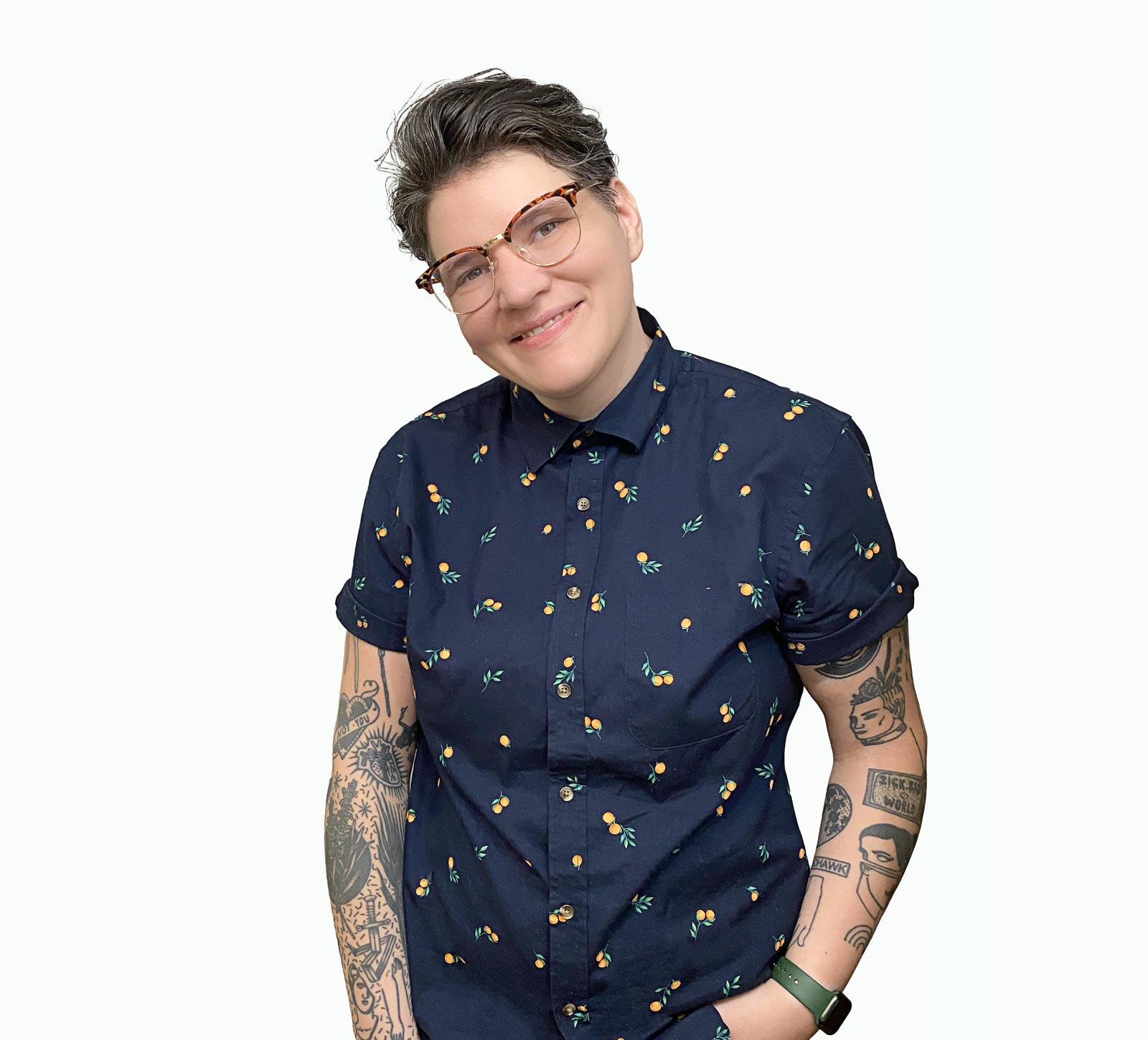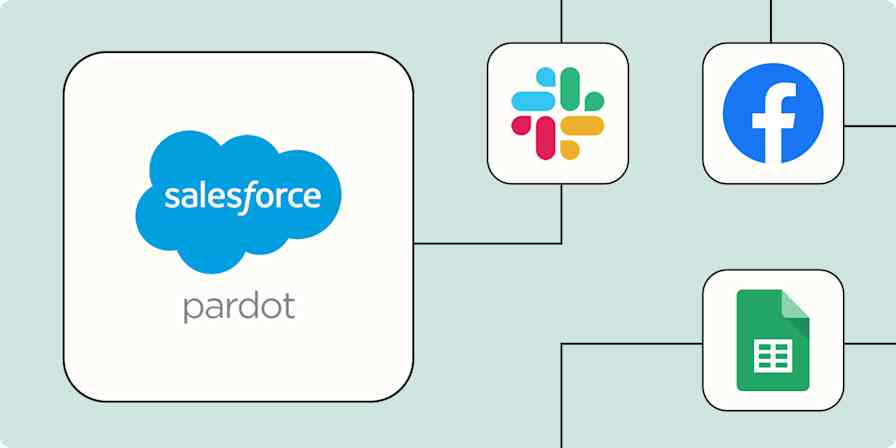Marketing tips
22 min read25 call to action examples (and free CTA generator)
By Allisa Boulette · November 22, 2024

Get productivity tips delivered straight to your inbox
We’ll email you 1-3 times per week—and never share your information.
tags
Related articles
Improve your productivity automatically. Use Zapier to get your apps working together.









